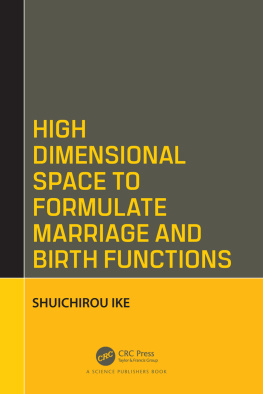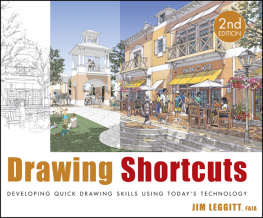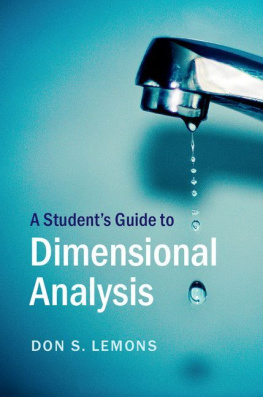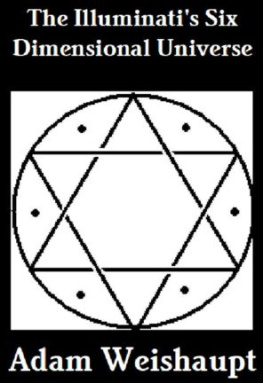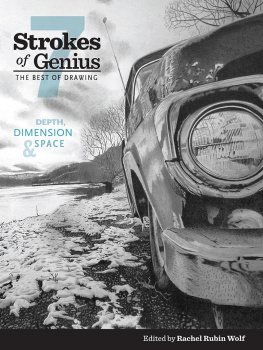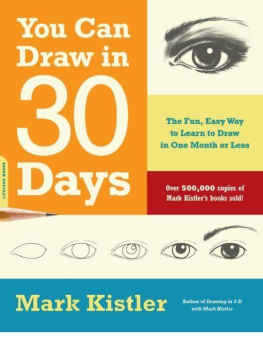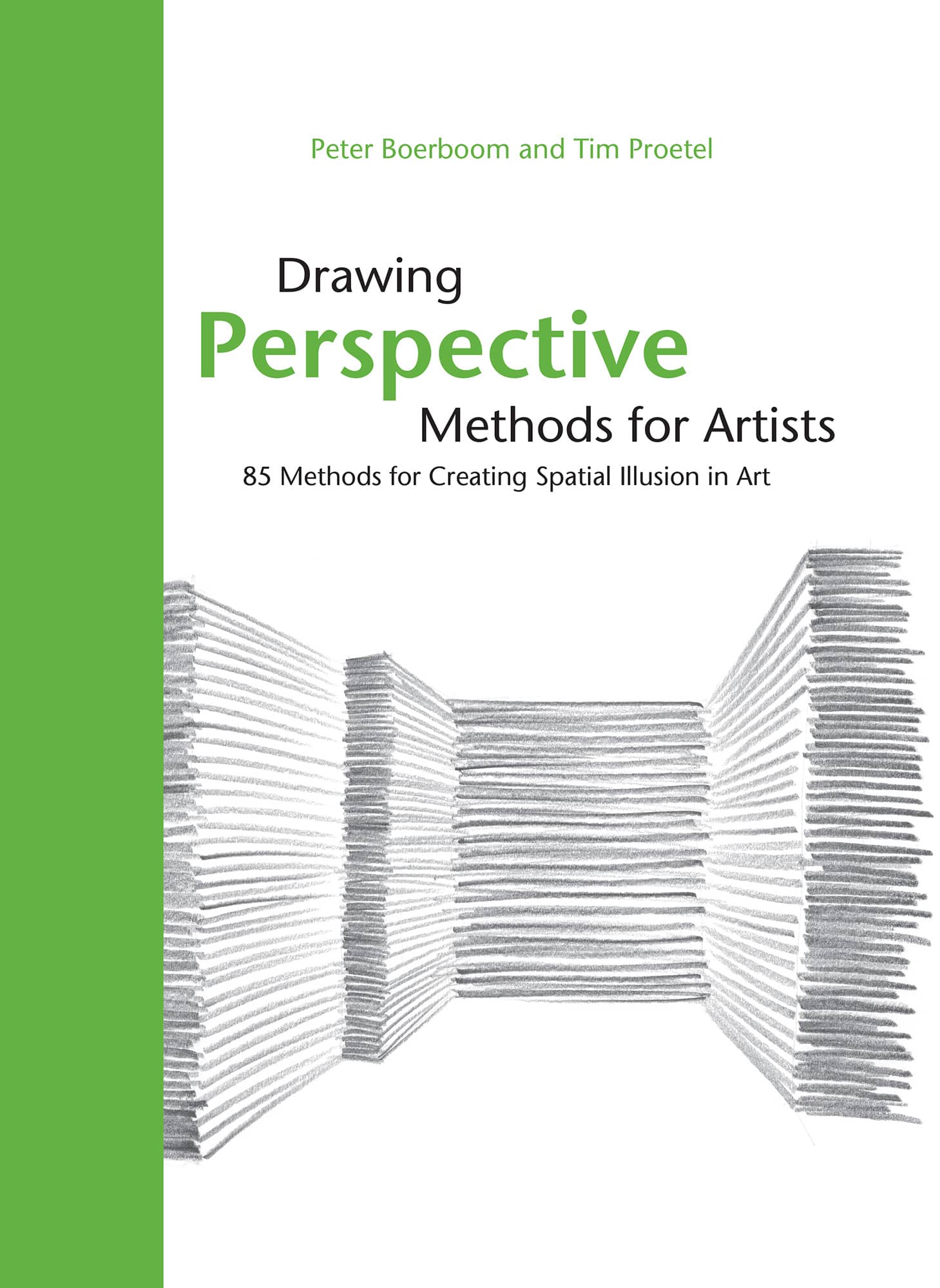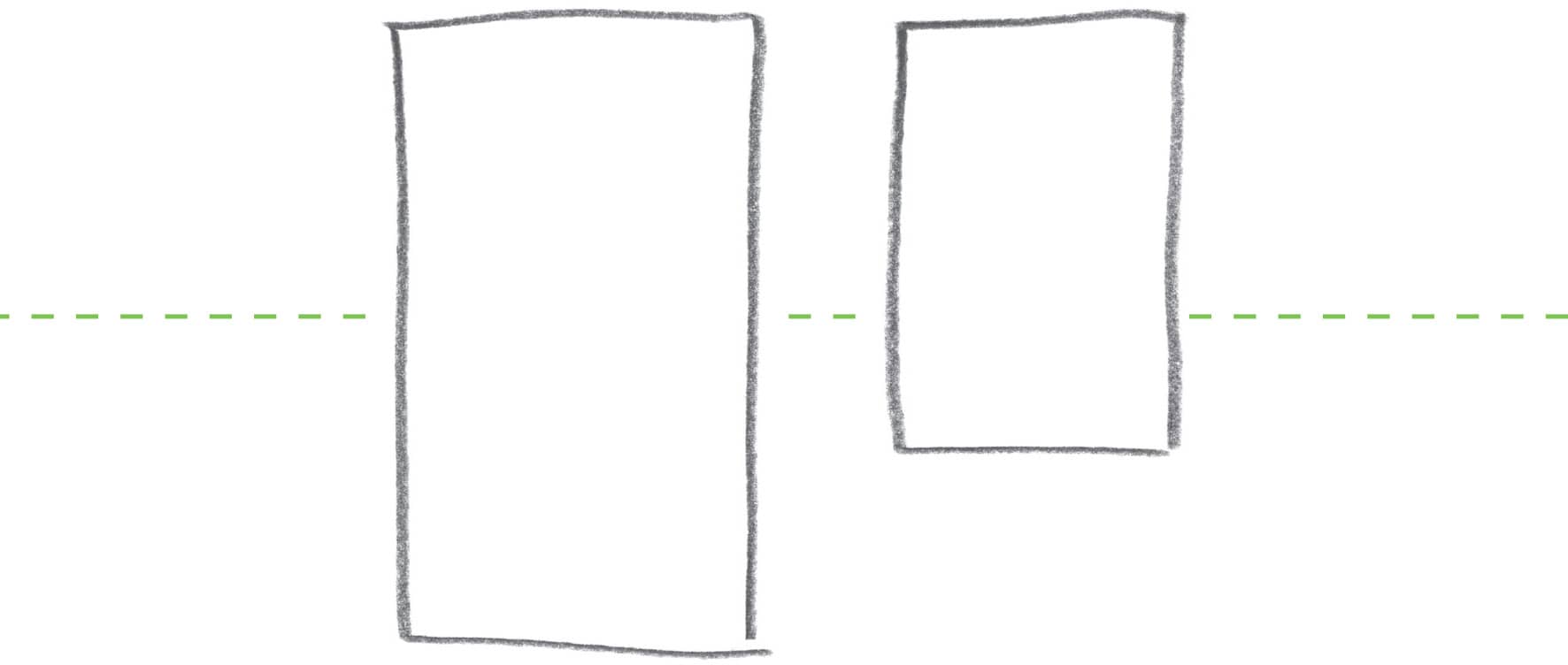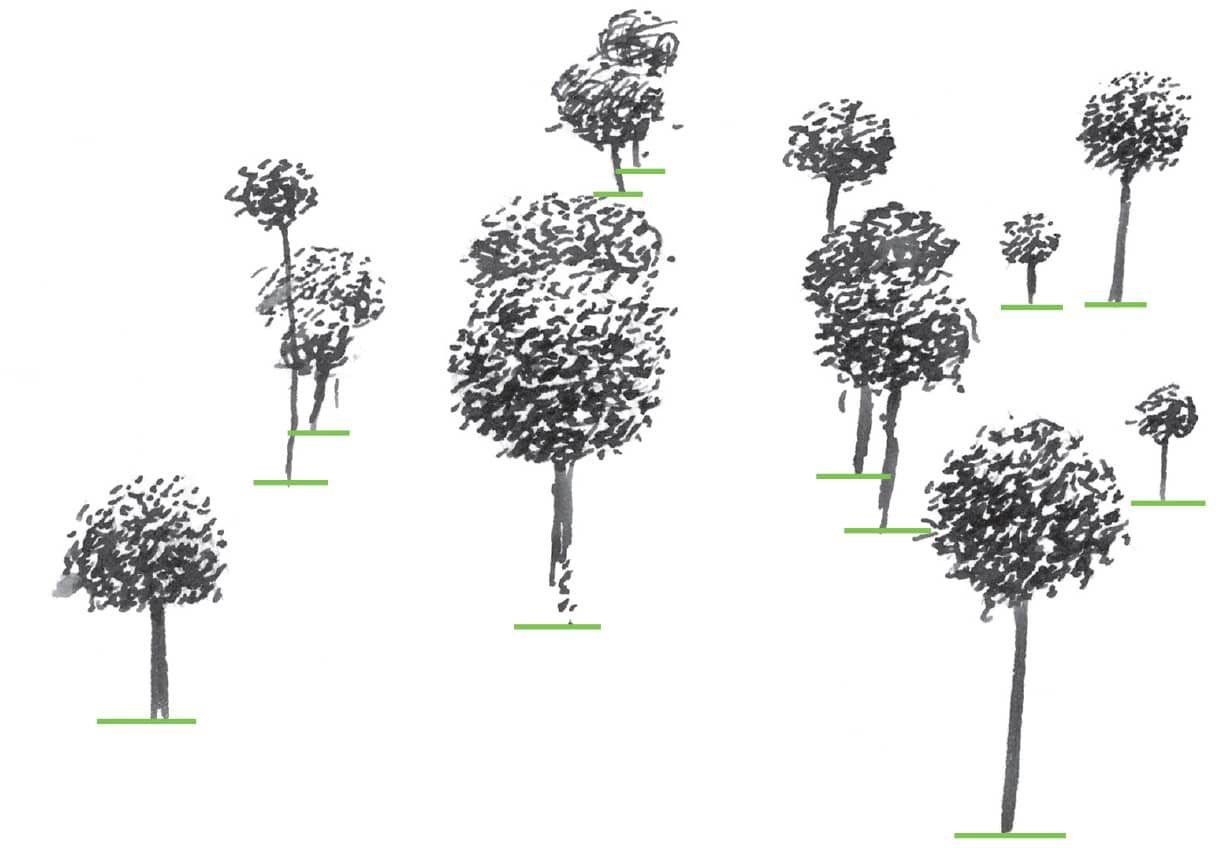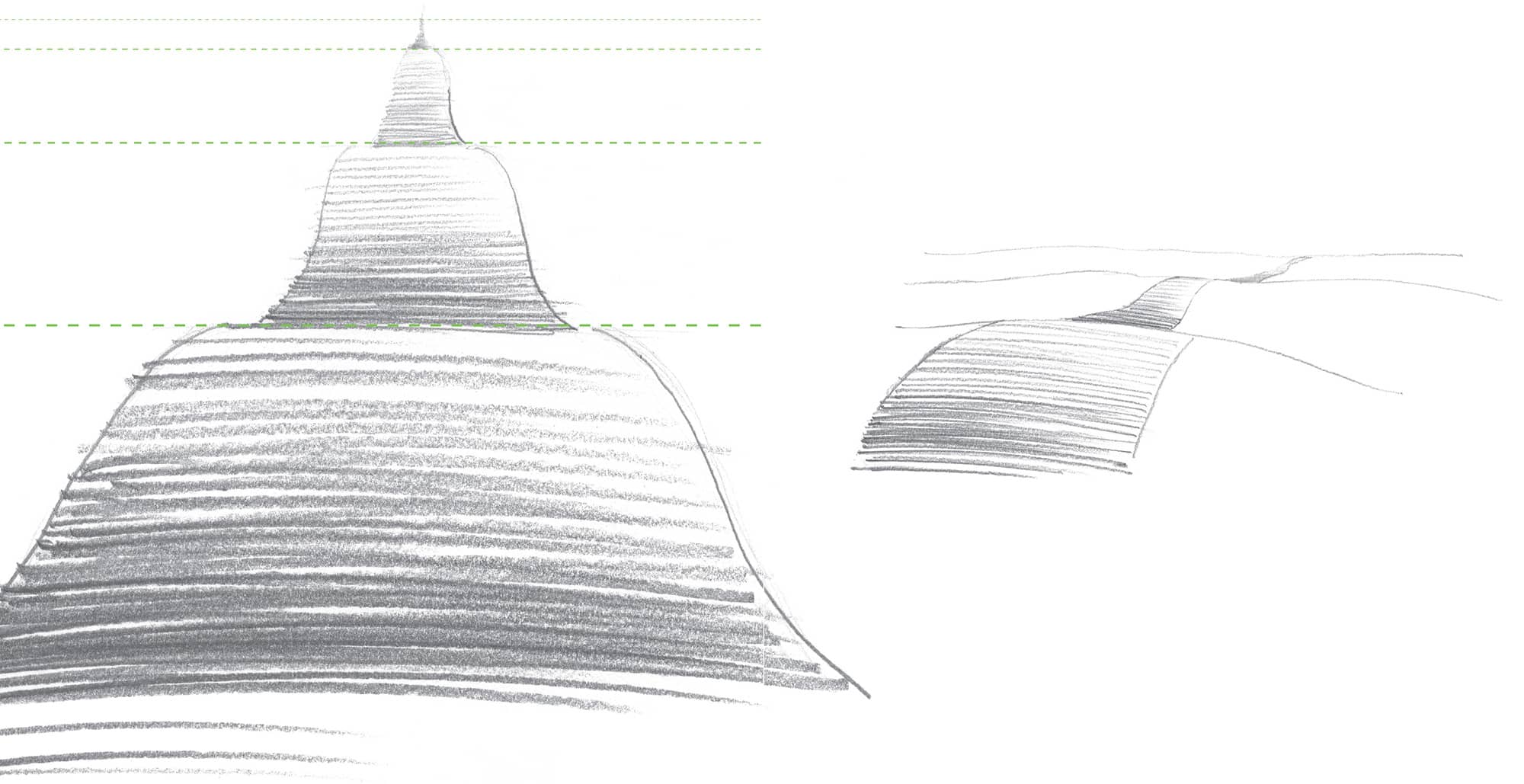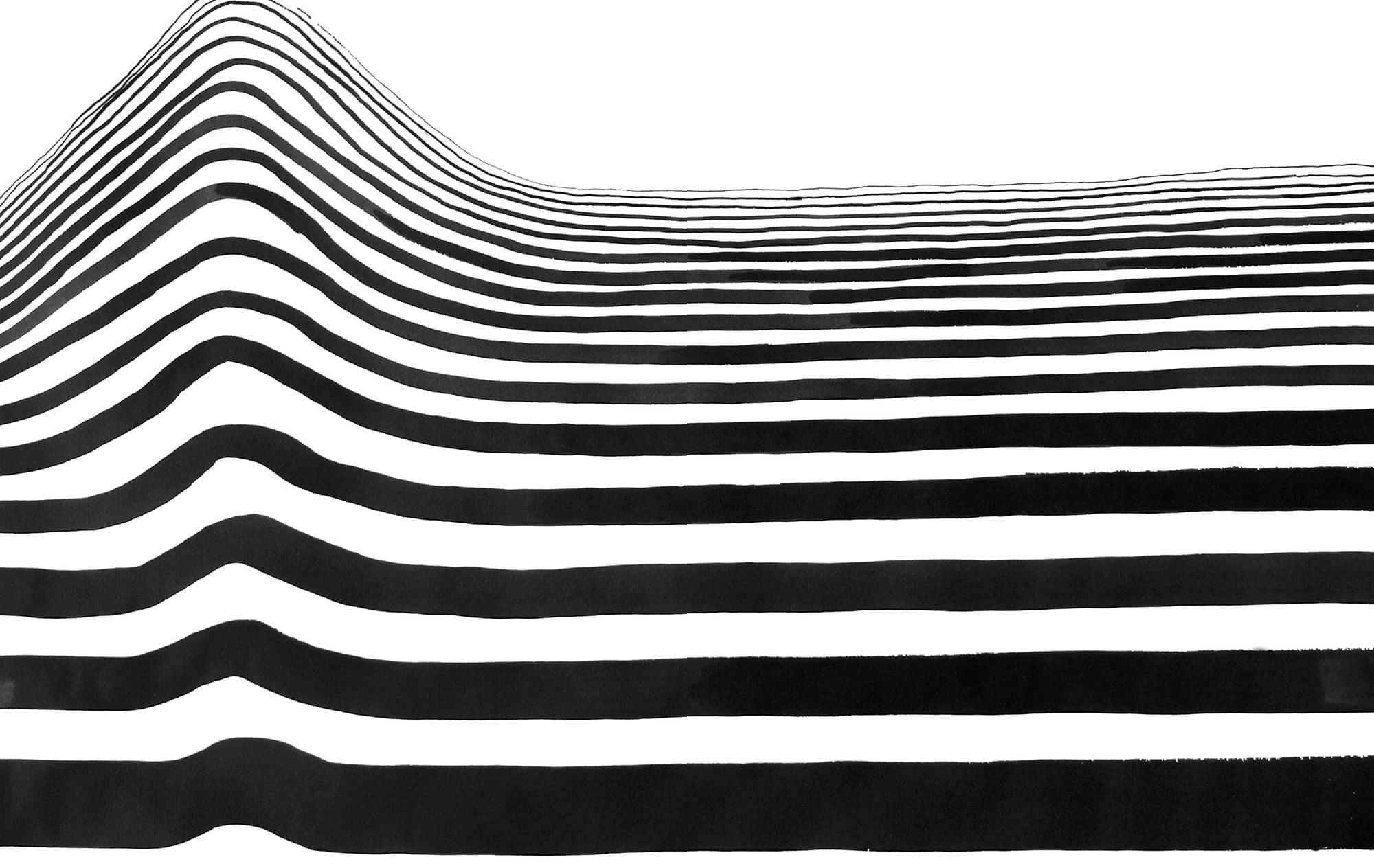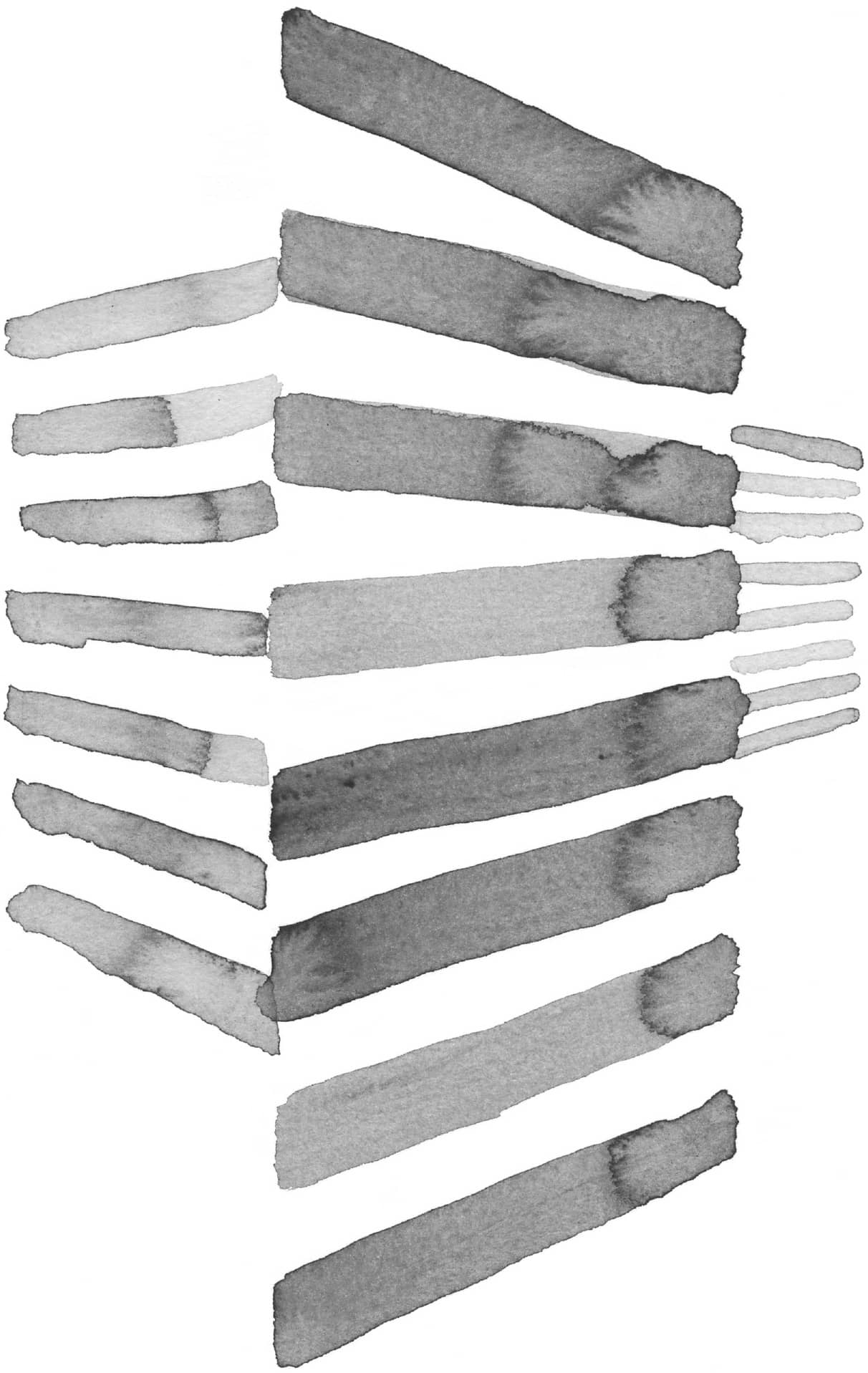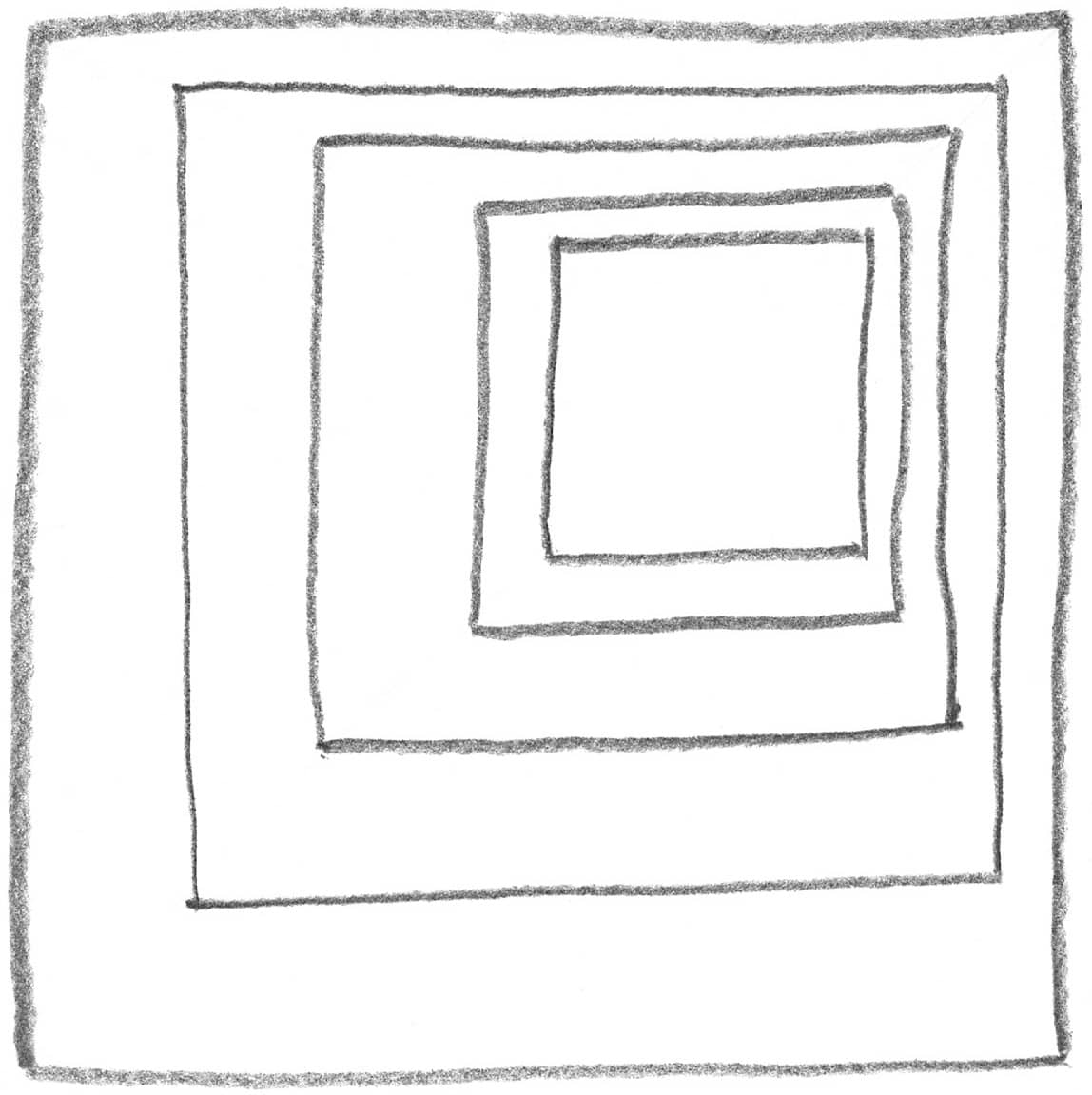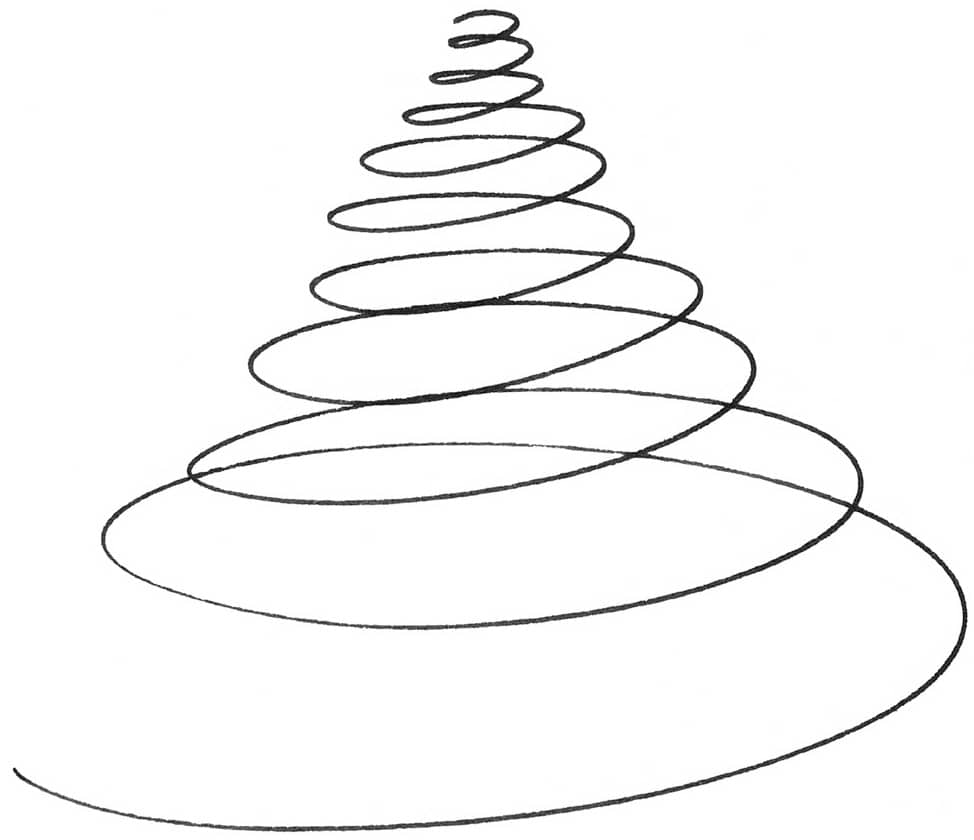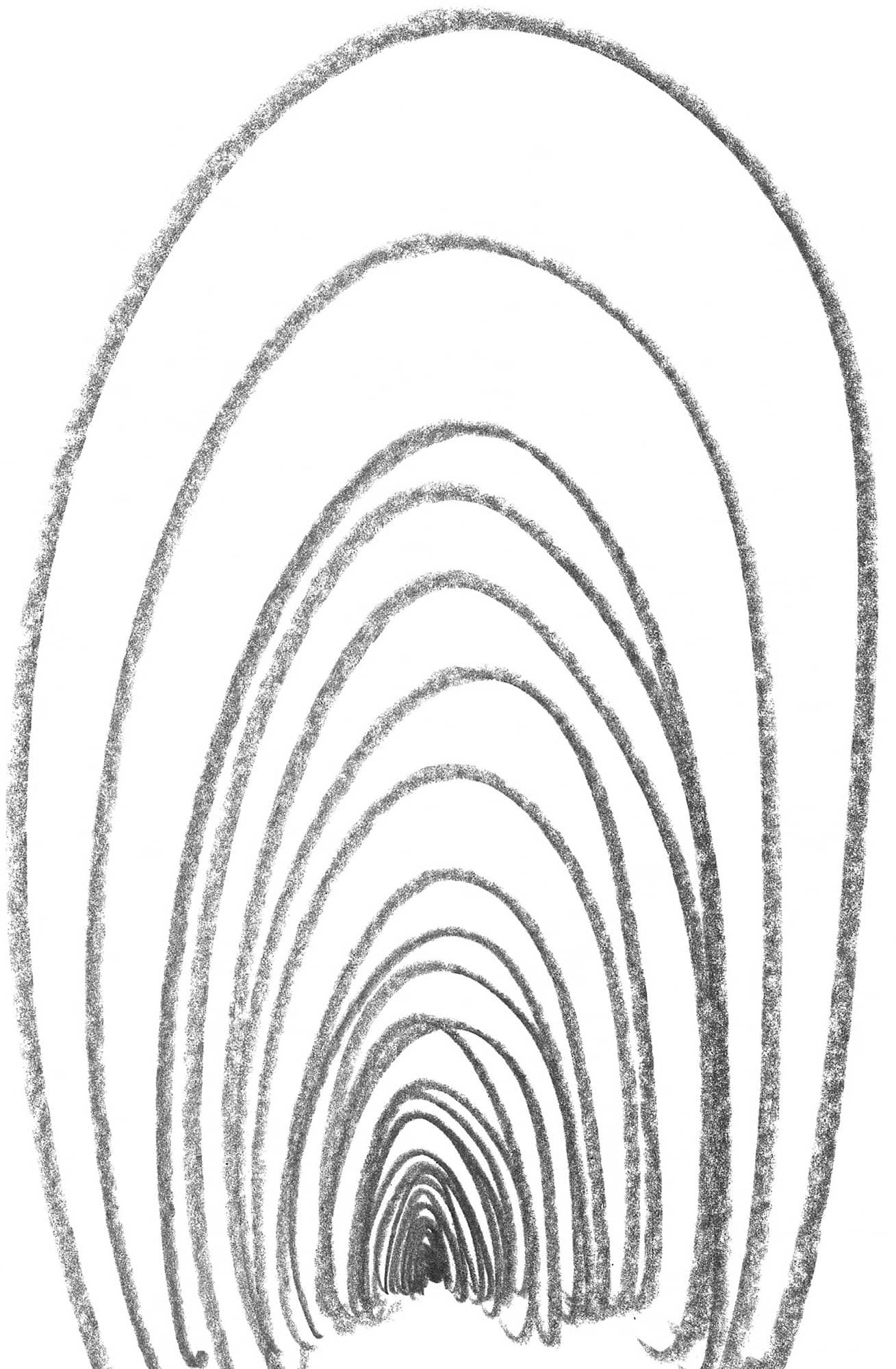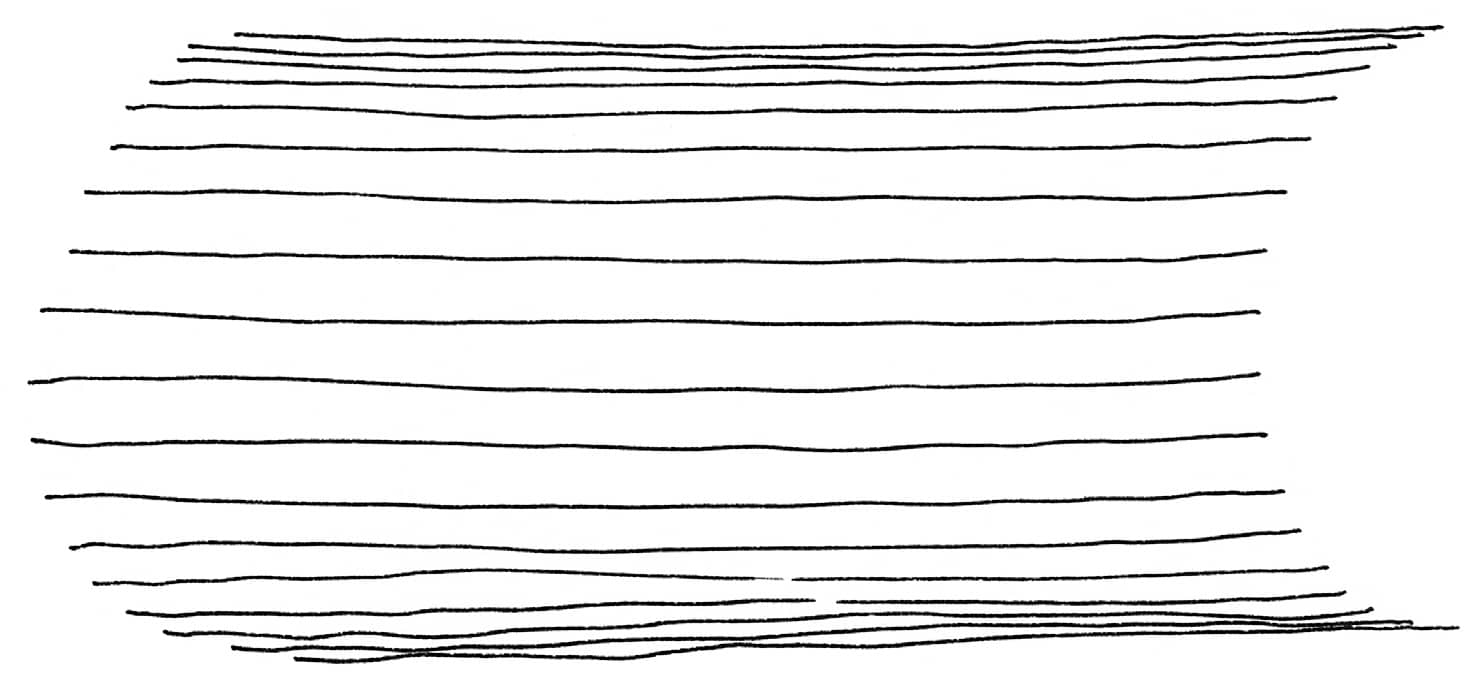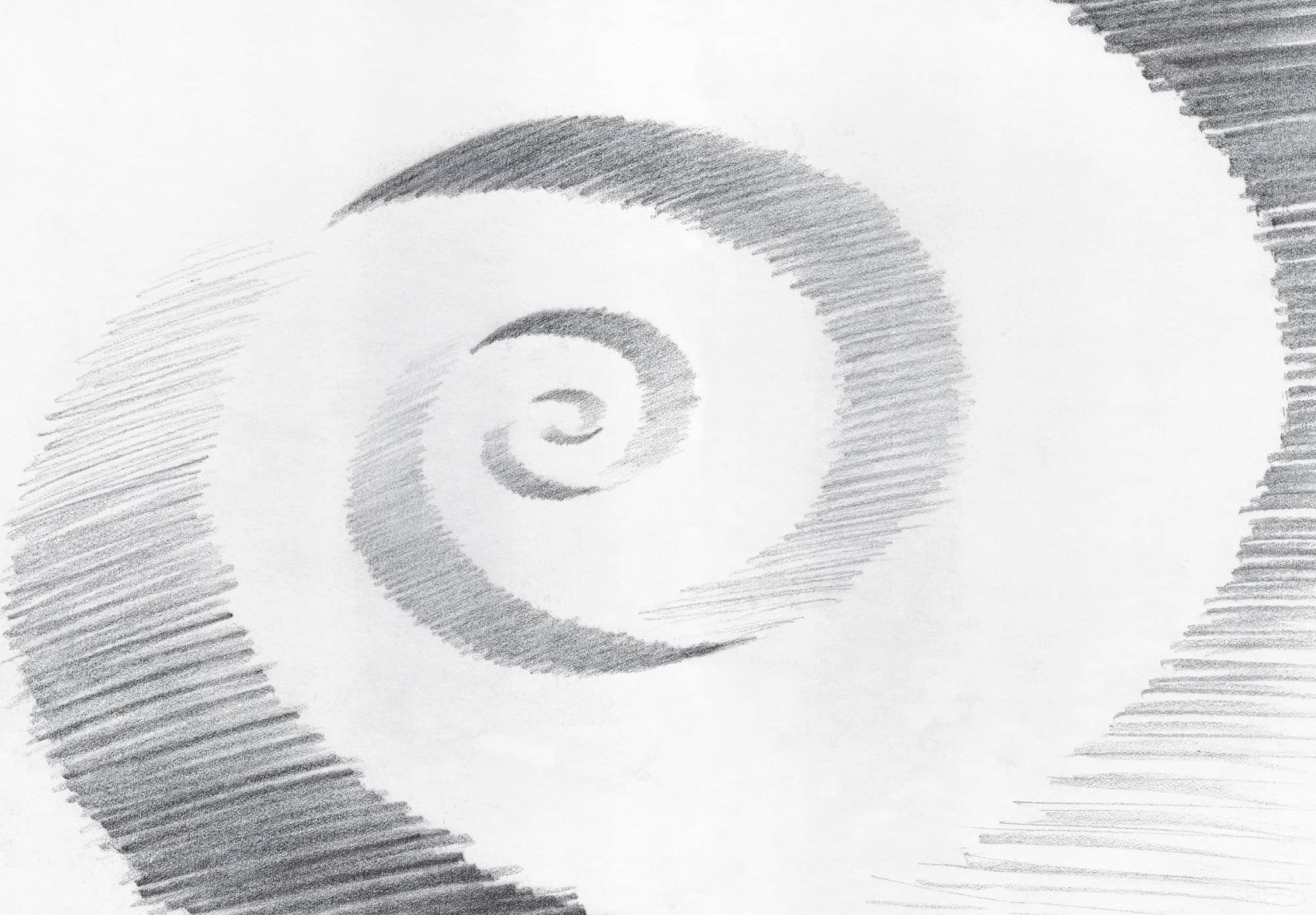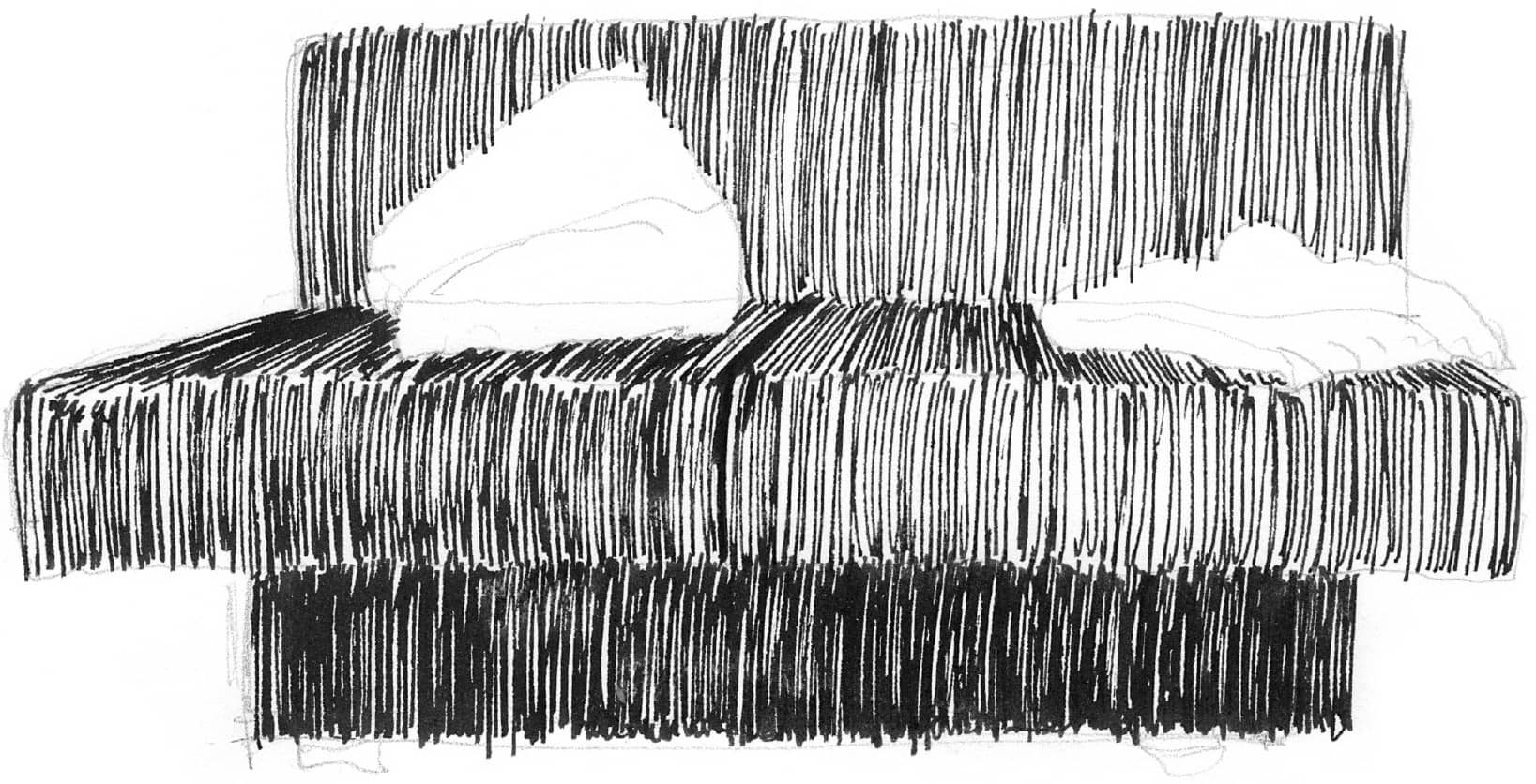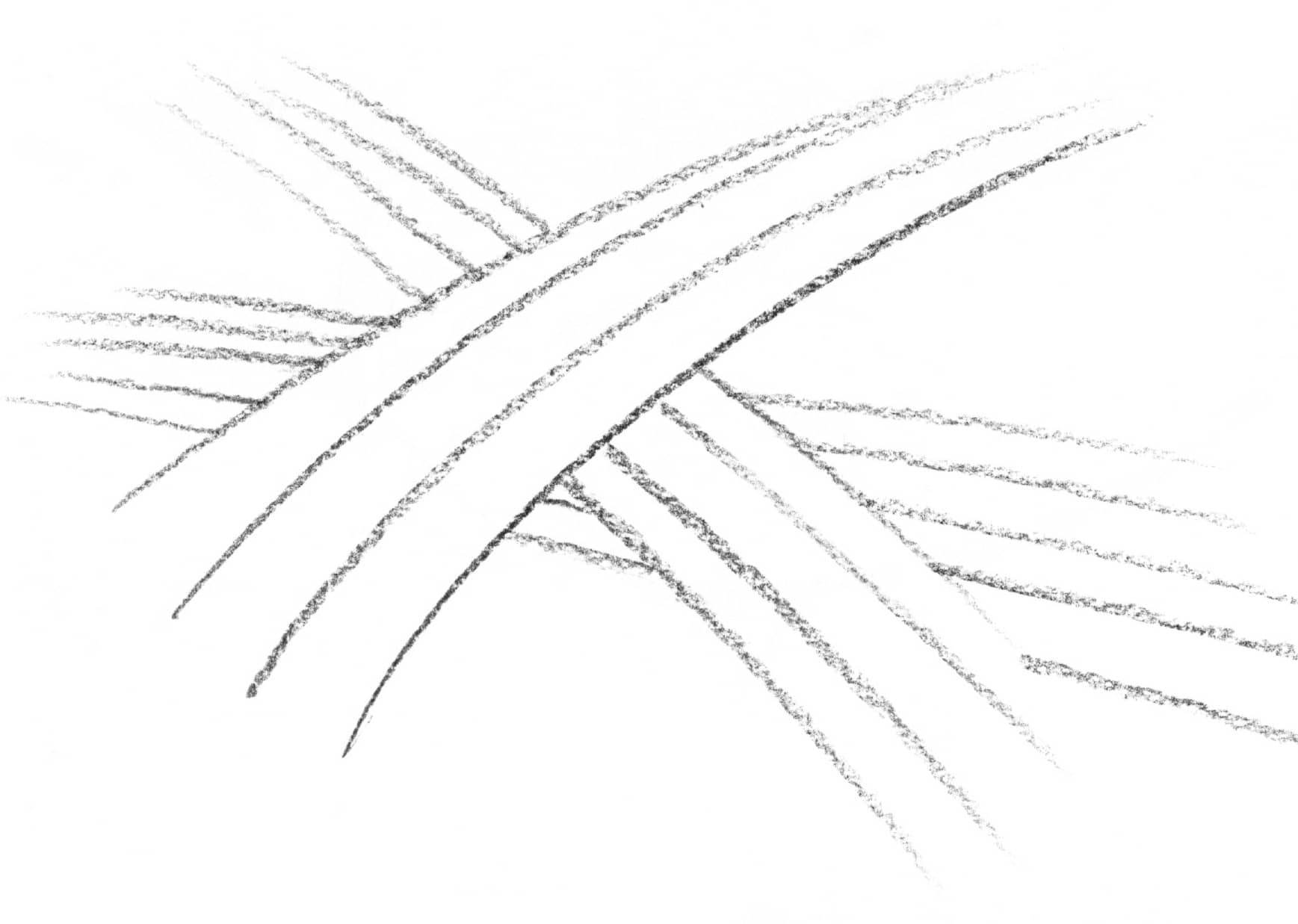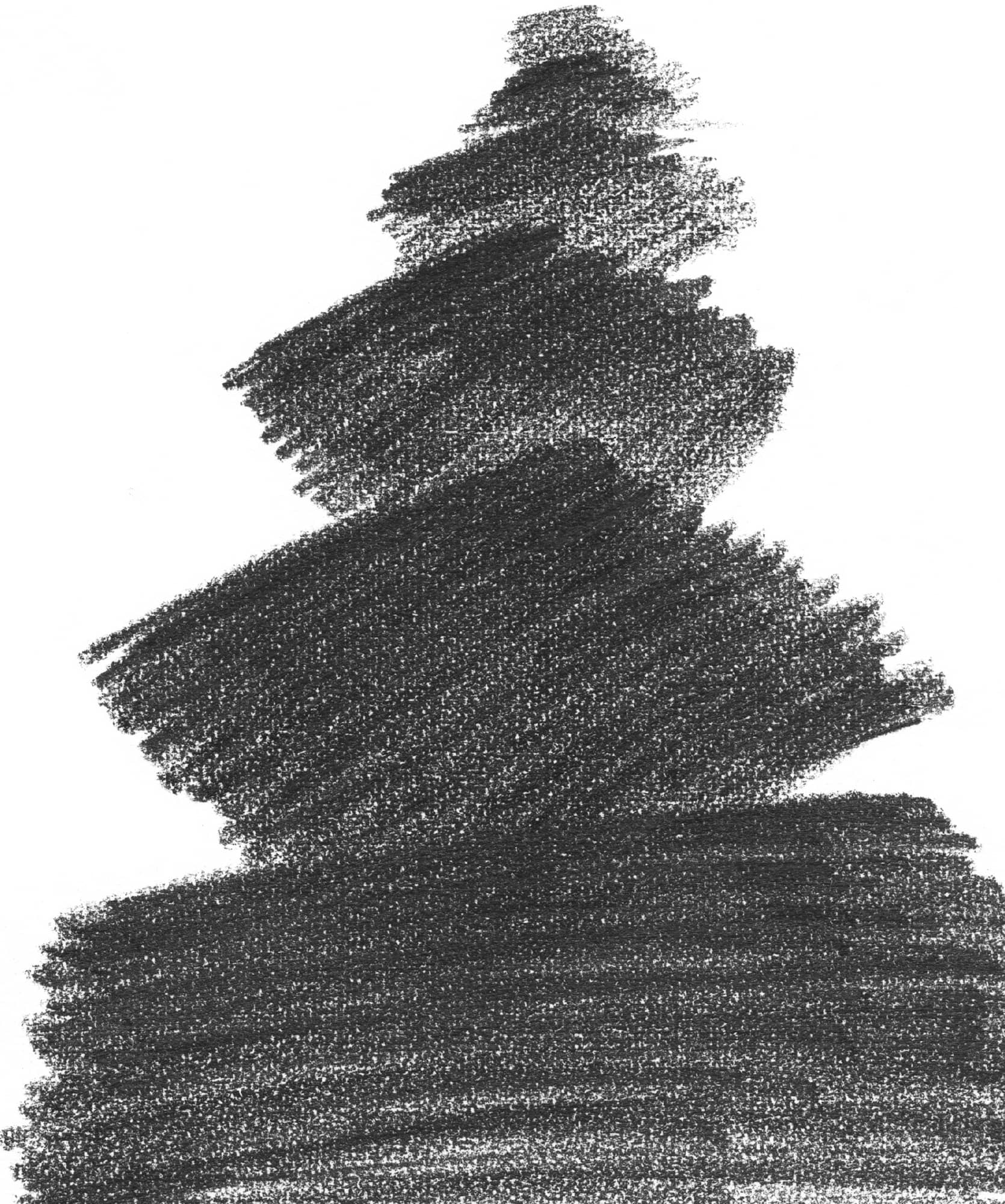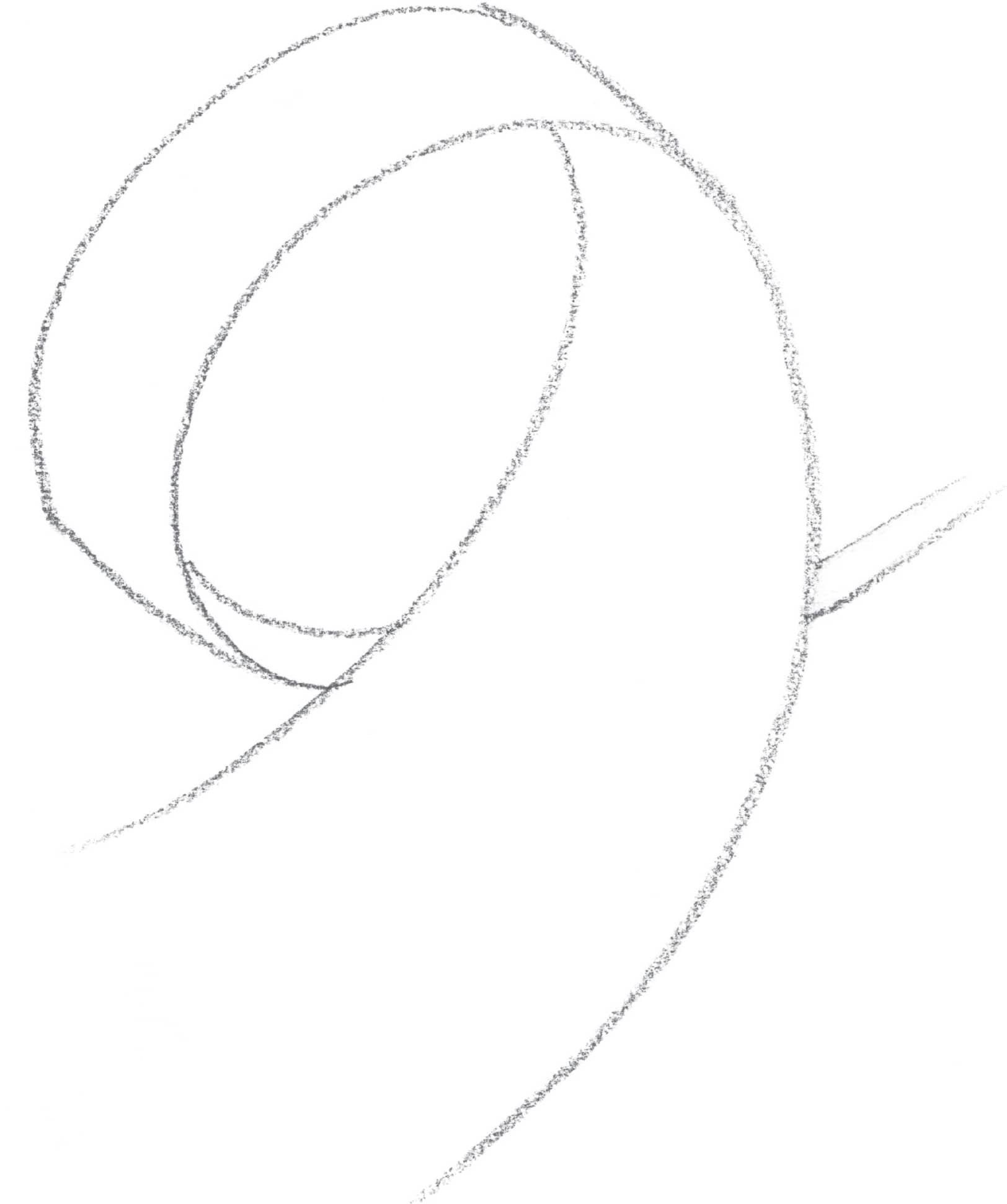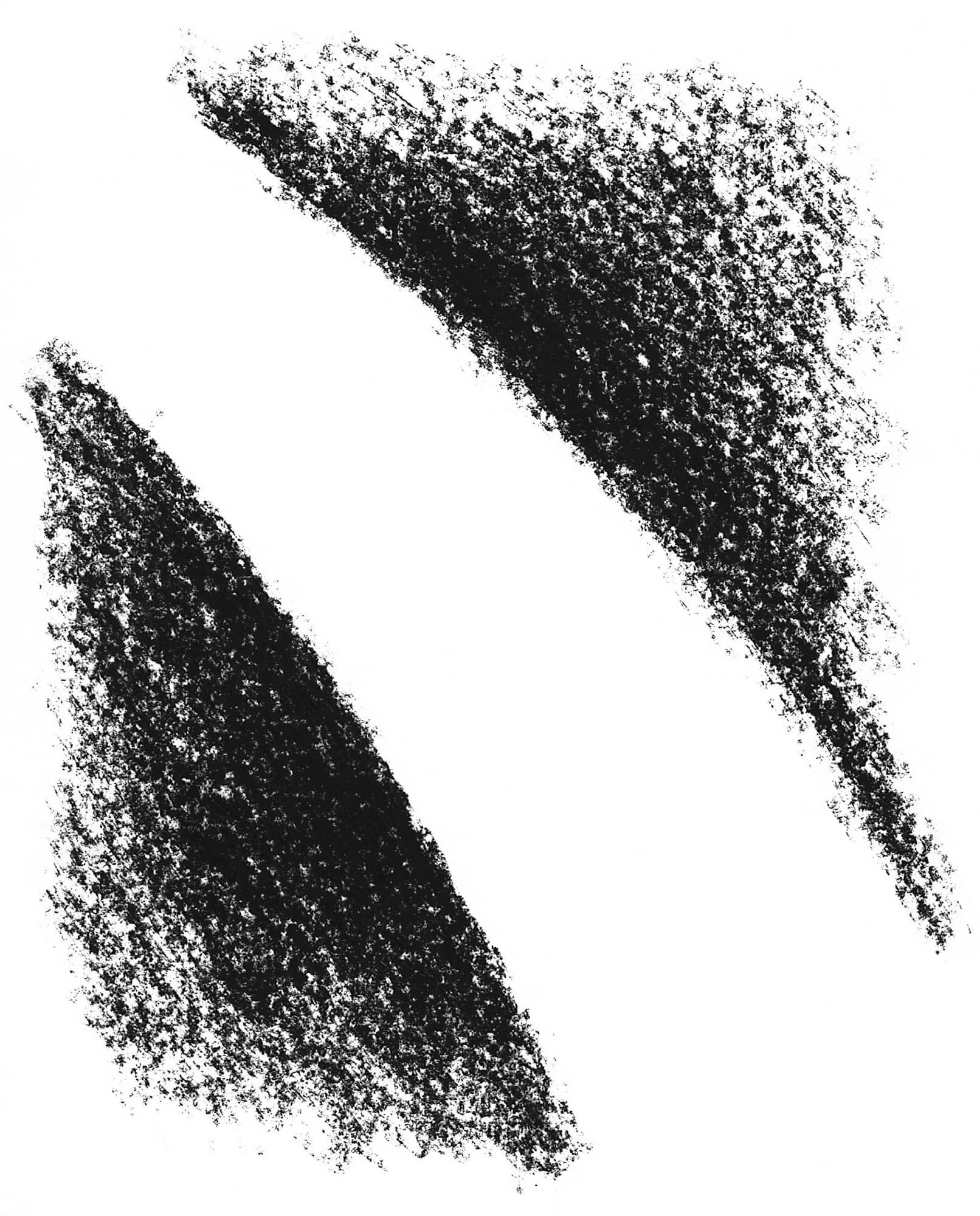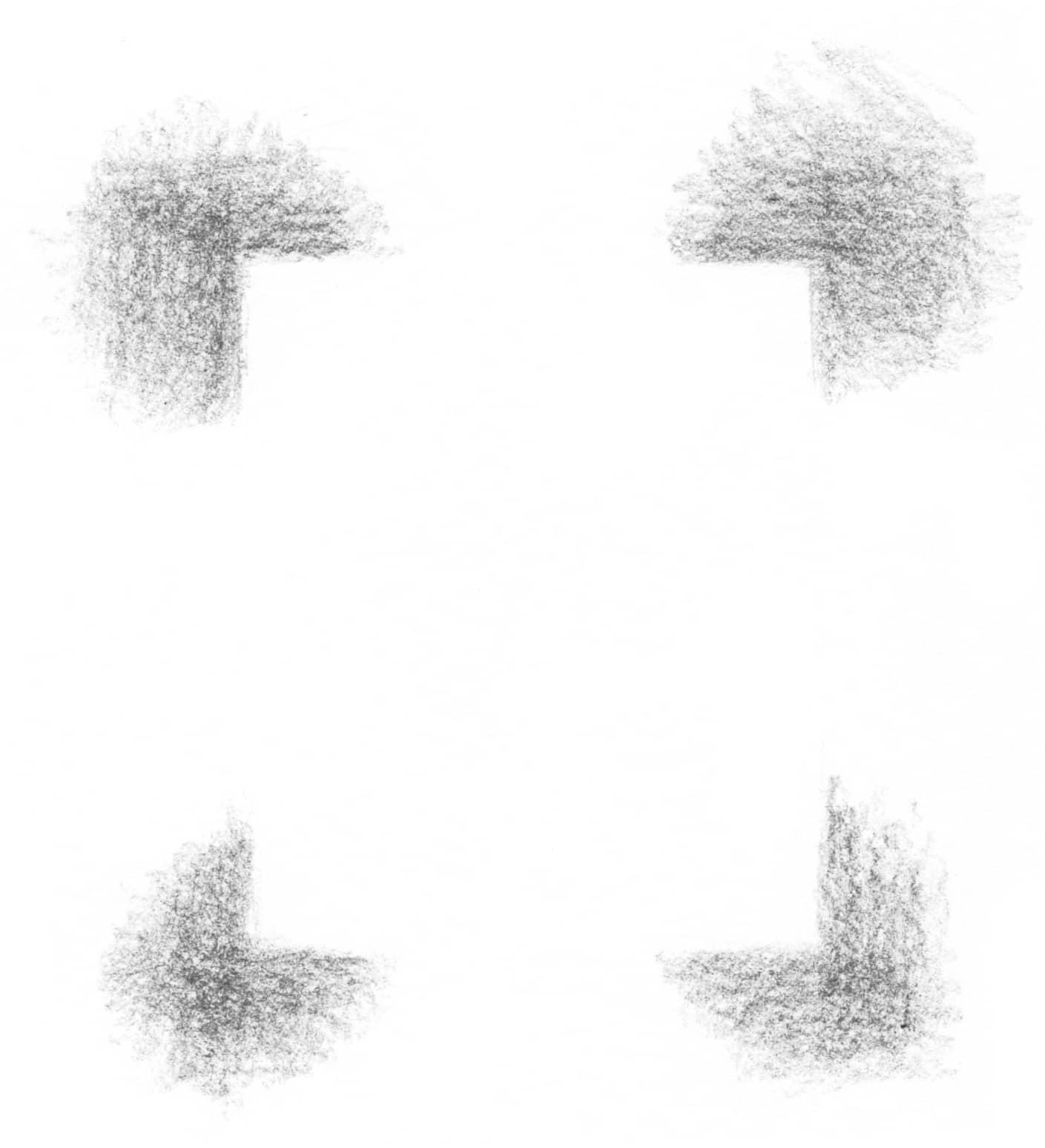Peter Boerboom - Drawing Perspective Methods for Artists: 85 Methods for Creating Spatial Illusion in Art
Here you can read online Peter Boerboom - Drawing Perspective Methods for Artists: 85 Methods for Creating Spatial Illusion in Art full text of the book (entire story) in english for free. Download pdf and epub, get meaning, cover and reviews about this ebook. year: 2017, publisher: Rockport Publishers, genre: Children. Description of the work, (preface) as well as reviews are available. Best literature library LitArk.com created for fans of good reading and offers a wide selection of genres:
Romance novel
Science fiction
Adventure
Detective
Science
History
Home and family
Prose
Art
Politics
Computer
Non-fiction
Religion
Business
Children
Humor
Choose a favorite category and find really read worthwhile books. Enjoy immersion in the world of imagination, feel the emotions of the characters or learn something new for yourself, make an fascinating discovery.

- Book:Drawing Perspective Methods for Artists: 85 Methods for Creating Spatial Illusion in Art
- Author:
- Publisher:Rockport Publishers
- Genre:
- Year:2017
- Rating:5 / 5
- Favourites:Add to favourites
- Your mark:
Drawing Perspective Methods for Artists: 85 Methods for Creating Spatial Illusion in Art: summary, description and annotation
We offer to read an annotation, description, summary or preface (depends on what the author of the book "Drawing Perspective Methods for Artists: 85 Methods for Creating Spatial Illusion in Art" wrote himself). If you haven't found the necessary information about the book — write in the comments, we will try to find it.
Learn how to create the illusion of three-dimensional space in your drawings
It is as mundane as it is astounding: placed in the right way, a couple of lines on paper create three-dimensional space. To be more exact, the illusion of space. The interest in three-dimensional drawing may initially arise from the intention to depict visible reality. However, the creation of depth is a fascinating challenge in every artistic composition. In this volume, Peter Boerboom and Tim Proetel have arranged, commented on, and with a guiding hand intuitively and tangibly presented the fundamental methods of three-dimensional illustration. For laymen and professionals alike, this book offers a refreshing, simple approach to the graphic depiction of three-dimensionality.
Peter Boerboom: author's other books
Who wrote Drawing Perspective Methods for Artists: 85 Methods for Creating Spatial Illusion in Art? Find out the surname, the name of the author of the book and a list of all author's works by series.

